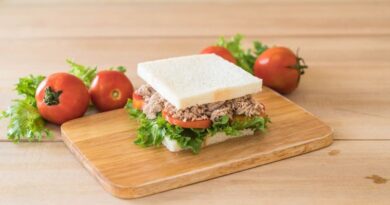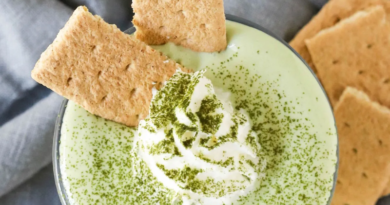In today’s fast-paced world, it’s easy to fall into the trap of consuming unhealthy junk foods. While we may be aware of the obvious culprits like sugary snacks and greasy fast food, there are many sneaky junk foods that fly under the radar. These hidden culprits can sabotage our health and wellness goals without us even realizing it. In this blog post, we will uncover seven sneaky junk foods that you may not have known about. Understanding these covert indulgences is the first step toward making informed and healthier dietary decisions.
By being aware of these hidden culprits, you can make more informed choices and take control of your diet for a healthier lifestyle. Let’s embark on a journey to unmask these devious treats and empower ourselves with the knowledge needed for a more mindful approach to nutrition.
Unhealthy Junk Foods You Should Know About
In the world of nutrition, appearances can be deceiving. While some foods may appear healthy on the surface, a closer look reveals that they’re actually packed with hidden sugars, unhealthy fats, and other unwanted additives. It’s time to expose these seemingly innocent options and shed light on the 7 most unhealthy foods that often go unnoticed as junk foods.
The Granola Bar Gambit
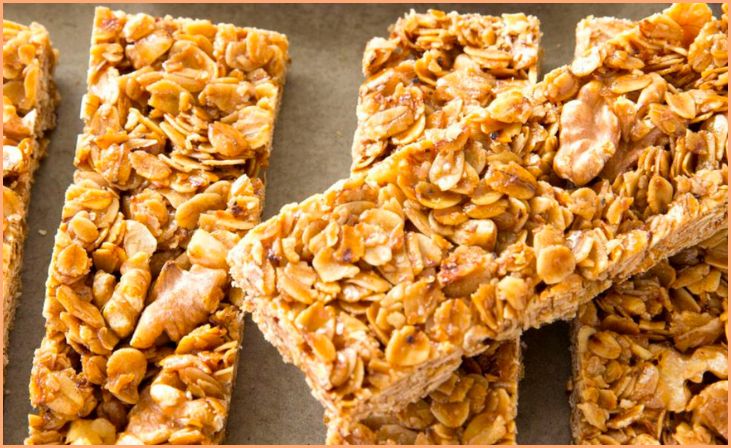
Granola bars, often perceived as healthy snacks, may harbor a hidden truth. Despite their convenience, these seemingly nutritious bites can be deceptive, containing elevated levels of added sugars and unhealthy fats. Unveiling the nutritional content reveals a potential resemblance to candy bars rather than wholesome options. The sugar and fat content in some granola bars contribute to empty calories, undermining their perceived health benefits. Careful scrutiny of ingredient lists and nutritional information is essential to make informed choices and avoid the pitfalls of seemingly health-conscious snacks.
Embrace alternative snack choices like whole fruits, nuts, or homemade energy bars to ensure a genuinely nutritious and satisfying option for your snack cravings. It’s time to be vigilant and redefine our understanding of what truly constitutes a wholesome and nourishing snack.
Quick Link: 7 Camping Food & Drink Hacks: Elevate Your Outdoor Culinary Experience
Juice
While fruit juices may seem like a healthy choice due to their natural origins, a closer look reveals potential sugary pitfalls. Despite their fruity origins, these beverages often lack the fiber found in whole fruits. This absence of fiber can lead to rapid spikes in blood sugar levels, making fruit juices less ideal than their whole-fruit counterparts. Additionally, the abundance of added sugars in some fruit juices further contributes to their potential negative impact on health.
Recognizing the importance of fiber in moderating blood sugar, opting for whole fruits becomes a wiser choice for both nutritional value and sustained energy. Be mindful of labels and consider choosing fresh, whole fruits to enjoy the full spectrum of nutrients without the drawbacks associated with some fruit juices.
Yogurt’s Sugar-Coated Secret
Delving into the world of flavored yogurts unveils a sugary truth beneath their seemingly wholesome exterior. Even when adorned with fruit, these yogurts often conceal added sugars and artificial flavorings that overshadow any potential health benefits. Despite their dairy base, the hidden sugars can transform these cups into desserts rather than nutritious snacks. The alluring flavors may distract from the nutritional pitfalls within, making it essential to scrutinize labels for added sugars and artificial additives.
Opting for plain yogurt and adding fresh fruit or a drizzle of honey allows for a healthier and more controlled sweetness. By being mindful of these sugary secrets, you can navigate the yogurt aisle with a discerning eye, ensuring that your choice aligns with your nutritional goals.
Smoothies
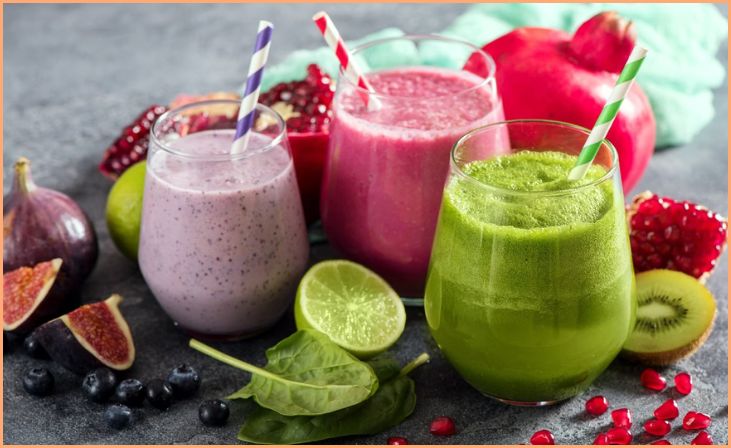
Smoothies, bursting with potential nutrients, require mindful crafting to avoid becoming sugar-laden treats. The abundance of fruit, fruit juices, or added sweeteners, if unchecked, can transform your healthful concoction into a calorie and sugar bomb. While fruits contribute natural sugars, excessive amounts can lead to an unintended spike in sugar intake. Balancing ingredients and incorporating vegetables, plain yogurt, or unsweetened alternatives can mitigate the risk of excess sugars. Reading labels and controlling portion sizes are crucial to maintaining the nutritional integrity of your smoothie.
By blending thoughtfully and choosing ingredients wisely, you can ensure that your smoothie remains a nourishing and energizing beverage rather than a hidden source of excess sugars and calories.
Trail Mix’s Sweet and Salty Guise
Trail mix, initially a well-intentioned snack, can take an unhealthy turn with store-bought varieties. While nuts, seeds, and dried fruits offer nutritional benefits, pre-packaged mixes often include sugary candies, chocolate, and salty additions, compromising their health value. These additional ingredients contribute to excess sugars and unhealthy fats, transforming the snack into a less-than-ideal option. Careful scrutiny of ingredient lists is crucial to making informed choices and avoiding the pitfalls of seemingly healthy trail mixes.
Opting for homemade mixes or selecting brands with minimal added sugars and wholesome ingredients ensures a more nutritious and balanced snack. Be mindful of the hidden additives, and tailor your trail mix to prioritize the health benefits of its core components, maintaining the original intent of a nourishing and satisfying snack.
Also Check: Top 8 Foods to Remove Eye Dark Circles
Dressing Down Salad Dressings
Beware of the potential pitfalls in your quest for a healthy meal – salad dressings can be saboteurs if not chosen wisely. Some dressings, disguised as innocent condiments, harbor unhealthy fats, added sugars, and excessive sodium, counteracting the nutrient-rich greens in your salad. To maintain the health benefits of your meal, consider opting for homemade dressings or those with simpler ingredient lists. Crafting your own dressings allows you to control the ingredients, ensuring a balance of flavor without compromising on nutritional value.
Reading labels and choosing dressings with minimal additives contribute to a more health-conscious dining experience. By being vigilant in your dressing choices, you can elevate your salads to nutritional powerhouses, embracing the wholesome essence of your leafy greens.
Veggie Chips
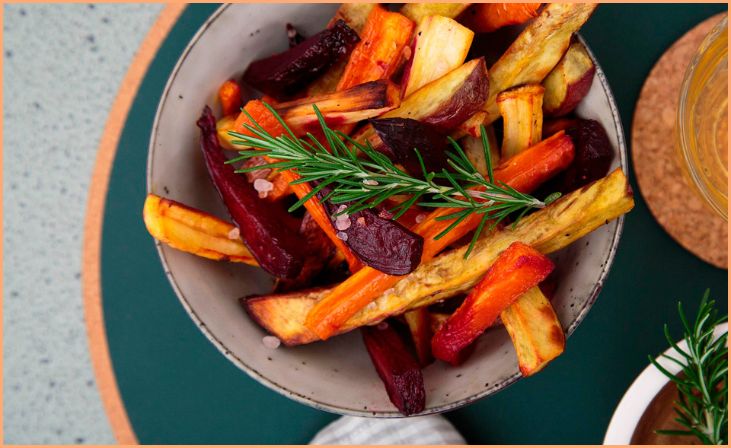
Despite their virtuous name, veggie chips can be deceptive in the snack aisle. Commercially available versions, often deep-fried and heavily salted, lose the health benefits associated with vegetables, resembling traditional potato chips more than a nutritious alternative. The process of deep-frying compromises the inherent nutrients of the vegetables, diminishing their original health value. While the idea of veggie chips is appealing, it’s essential to read labels and choose brands that prioritize healthier cooking methods and use minimal additives.
Opting for homemade versions or baked alternatives allows you to enjoy the goodness of vegetables without sacrificing nutritional integrity. Be discerning in your snack choices, ensuring that veggie chips align with your health goals, and savor the true essence of a nutrient-rich snack.
Bottom Line
Being aware of hidden junk foods is essential for making informed choices about our diet. By uncovering these sneaky culprits, such as flavored yogurt, granola bars, smoothies, and veggie chips, we can take control of our health and wellness. Remember to read labels, choose whole and natural ingredients, and prioritize homemade options whenever possible. With these insights, you can navigate the food landscape more effectively and make choices that support your overall well-being.
FAQs
Yes, keep an eye out for terms like “high fructose corn syrup,” “partially hydrogenated oils,” and excessive additives. Understanding ingredient lists is crucial in spotting hidden culprits.
Absolutely. Some snacks marketed as healthy may contain hidden sugars, unhealthy fats, or excessive sodium. Always check the nutritional information to make informed choices.
Look for whole, unprocessed foods as substitutes. Choose fresh fruits, vegetables, nuts, and seeds as nutritious alternatives to packaged snacks.
Food labels are essential. Pay attention to not just the front packaging but also the nutritional information and ingredient lists. This comprehensive approach helps unveil hidden aspects of a product.


